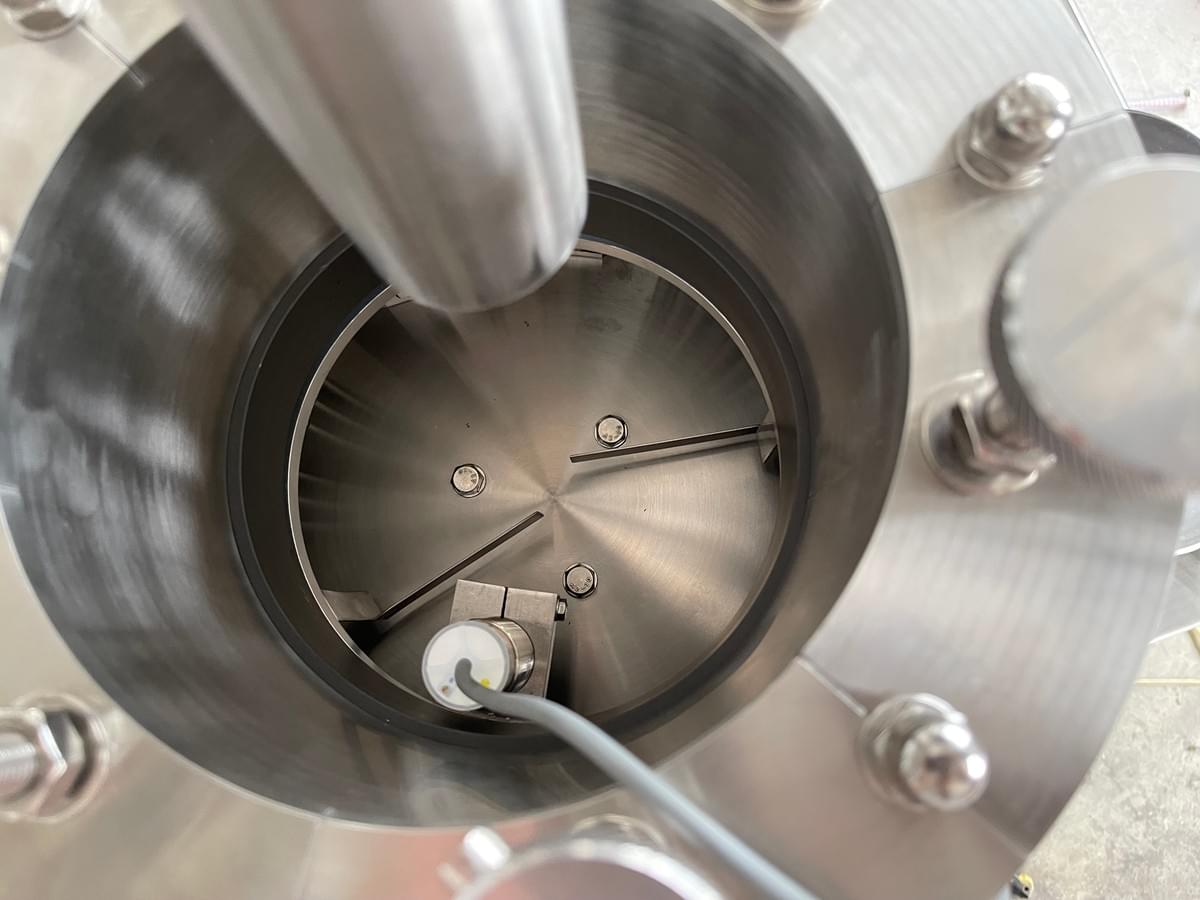Capsule filling machines are important in the pharmaceutical industry. They make sure that medications are put into capsules right. It is important for people who buy pharmaceuticals and other people to know about the technology that these machines use to move things around. It helps make sure that the capsules are filled right and that they stay that way.
The transmission system in a capsule filling machine uses new technology like servo motors, gears that work really well, and computer control systems. These things work together to make sure that the machine fills the capsules right and works right.
1. Servo Motors:
Function: Servo motors are used to control the movement of various parts of the capsule filling machine, such as the dosing system and the capsule transport mechanism. These motors offer precise control over speed and position, which is crucial for maintaining accuracy during the filling process.
Technology: Servo motors operate using feedback systems that constantly monitor their position and adjust as needed to maintain precision. This feedback loop ensures that the motors can make fine adjustments in real time, reducing errors and increasing consistency.
2. Precision Gear Drives:
Function: Precision gear drives are used to transfer power from the motor to different parts of the machine. They ensure that the movements of the machine components are synchronized and smooth.
Technology: These gears are designed to minimize backlash and wear, ensuring long-term stability and accuracy. High-quality materials and precise manufacturing techniques are used to produce gears that can withstand the rigorous demands of continuous operation.
3. Electronic Control Systems:
Function: Electronic control systems manage the overall operation of the capsule filling machine. They coordinate the actions of the servo motors and gear drives, ensuring that each step of the filling process is executed correctly.
Technology: Modern control systems use programmable logic controllers (PLCs) and human-machine interfaces (HMIs) to allow operators to set and adjust machine parameters easily. These systems can store and recall different filling programs, making it easy to switch between products or adjust for different capsule sizes.
4. Sensors and Feedback Mechanisms:
Function: Sensors are used to monitor various aspects of the filling process, such as capsule position, fill level, and machine speed. Feedback mechanisms use this data to make real-time adjustments, ensuring that the machine operates within the desired parameters.
Technology: Advanced sensors, such as optical and capacitive sensors, provide high accuracy and reliability. These sensors are connected to the control system, which uses the data to maintain optimal operation and detect any deviations that could affect filling accuracy.
5. Lubrication and Cooling Systems:
Function: Lubrication and cooling systems are essential for maintaining the smooth operation of the transmission system. They reduce friction and wear on moving parts, helping to maintain accuracy and extend the machine's lifespan.
Technology: Automated lubrication systems ensure that the right amount of lubricant is applied at the right intervals, reducing maintenance needs. Cooling systems, such as air or liquid cooling, prevent overheating and ensure that the machine operates within safe temperature ranges.

While the technologies used in the transmission systems of capsule filling machines are crucial for their performance, ensuring filling accuracy and stability also involves a comprehensive approach to machine design, maintenance, and operation. In the following sections, we will delve deeper into how these factors come together to achieve optimal filling accuracy and stability, addressing common challenges and solutions.
What are the common challenges in maintaining filling accuracy in capsule filling machines?
Common challenges include variations in capsule size, inconsistencies in the filling material, and mechanical wear. These can be mitigated by using high-quality materials, regular calibration, and maintenance of machine components.
How does the choice of filling material affect the performance of the capsule filling machine?
The flow properties and consistency of the filling material can significantly impact filling accuracy. Materials that are free-flowing and uniform in particle size tend to fill more accurately. Adjustments to the dosing system may be needed to accommodate different materials.
What maintenance practices are essential for ensuring the stability of capsule filling machines?
Regular cleaning, lubrication of moving parts, inspection for wear and tear, and timely replacement of worn components are essential. Following a preventive maintenance schedule helps maintain machine stability and performance.
How do different capsule sizes impact the operation of capsule filling machines?
Different capsule sizes require adjustments to the machine's dosing system and filling parameters. Machines equipped with flexible control systems and easy-to-change tooling can accommodate different sizes more efficiently.
What role do operators play in ensuring the accuracy and stability of capsule filling machines?
Operators are crucial for monitoring machine performance, conducting routine checks, and making necessary adjustments. Proper training and adherence to operating procedures are vital for maintaining accuracy and stability.